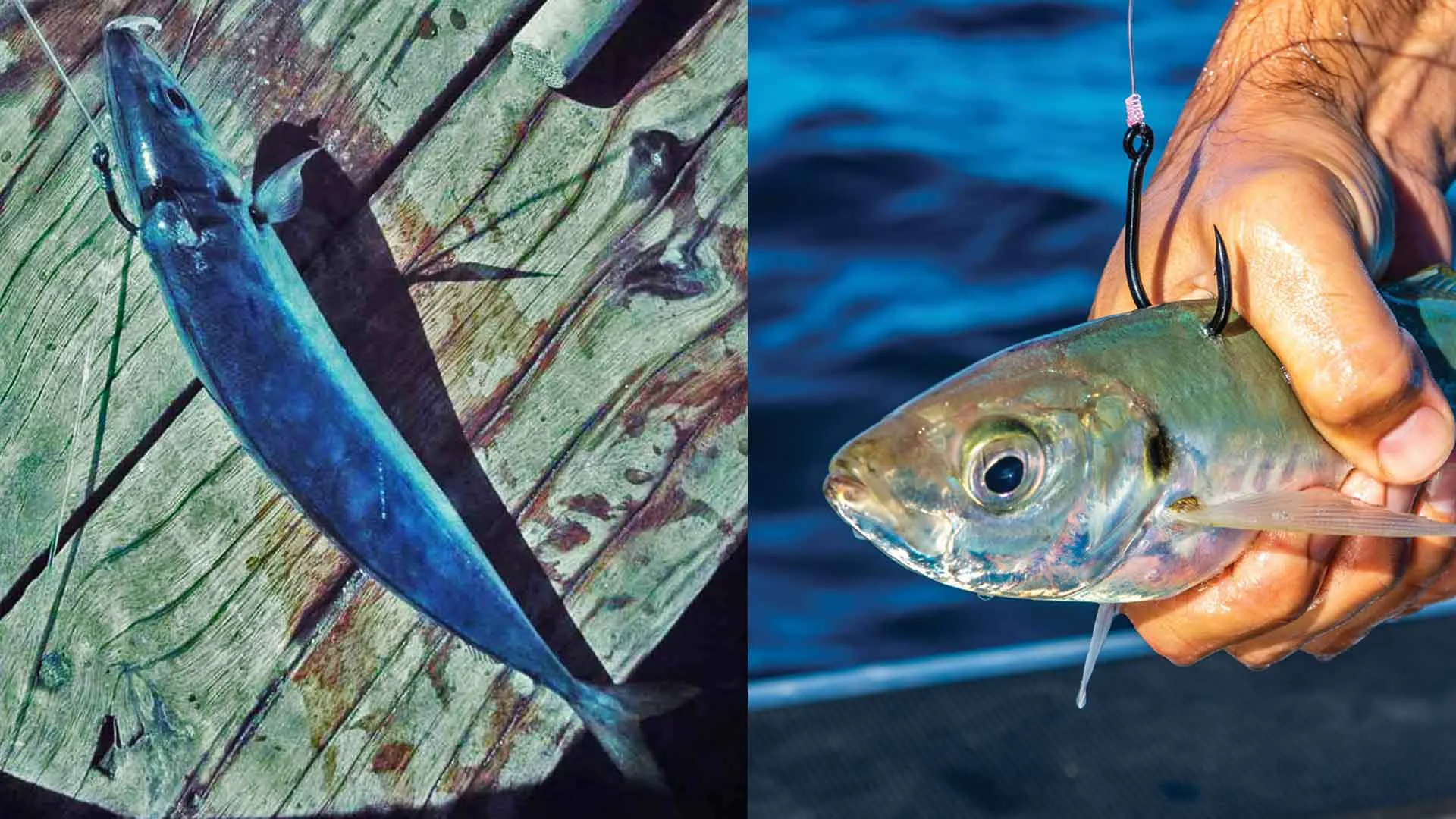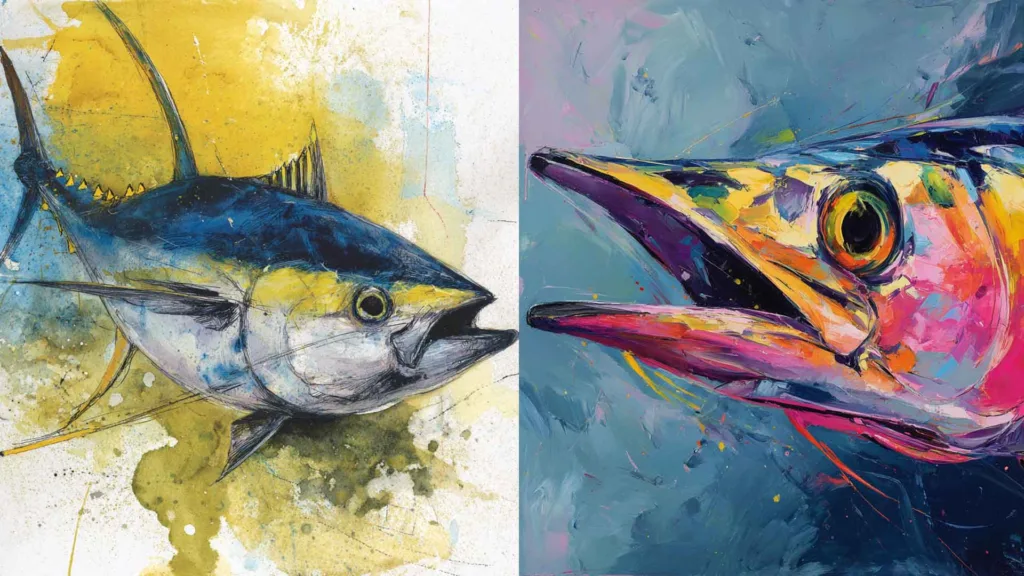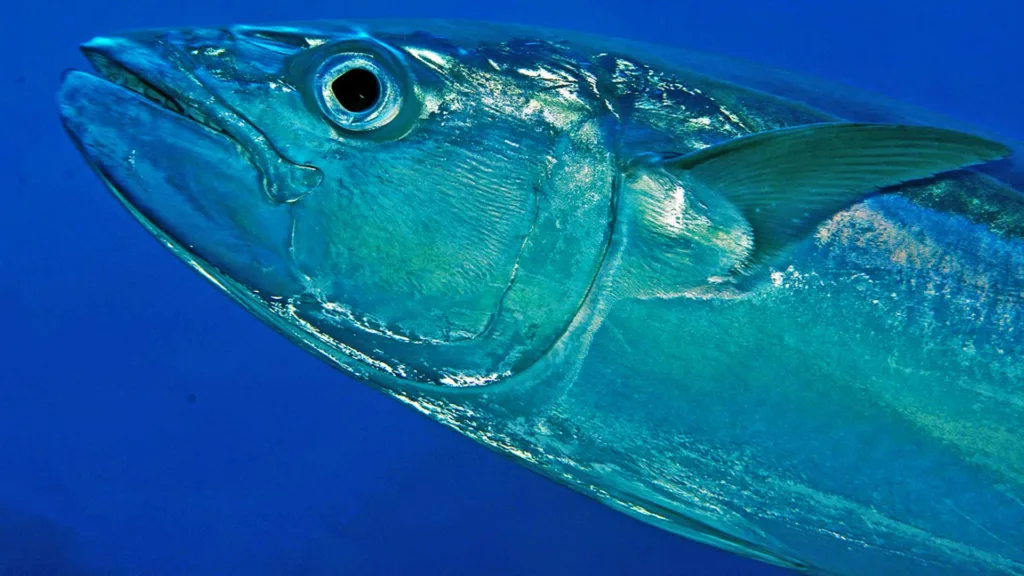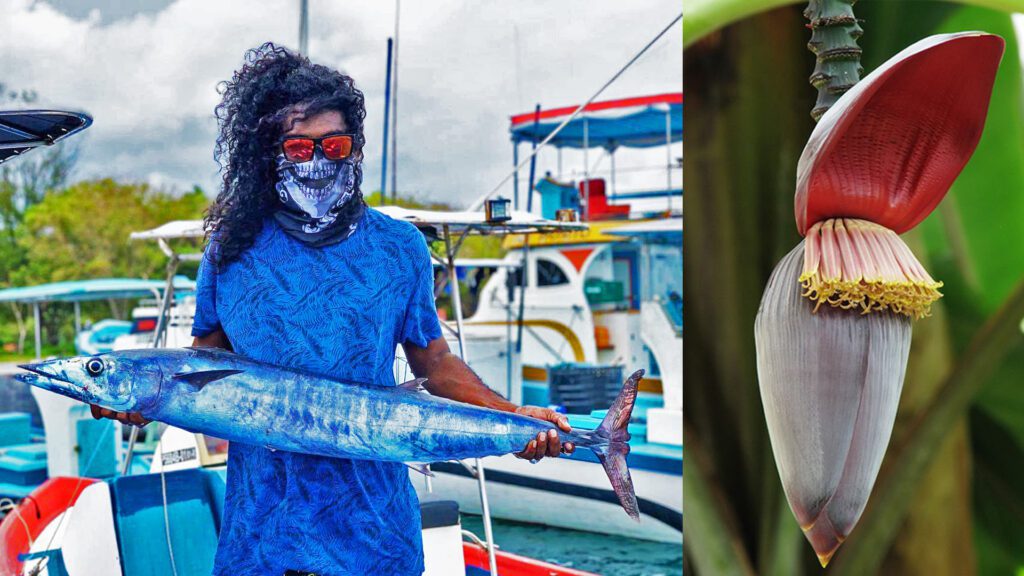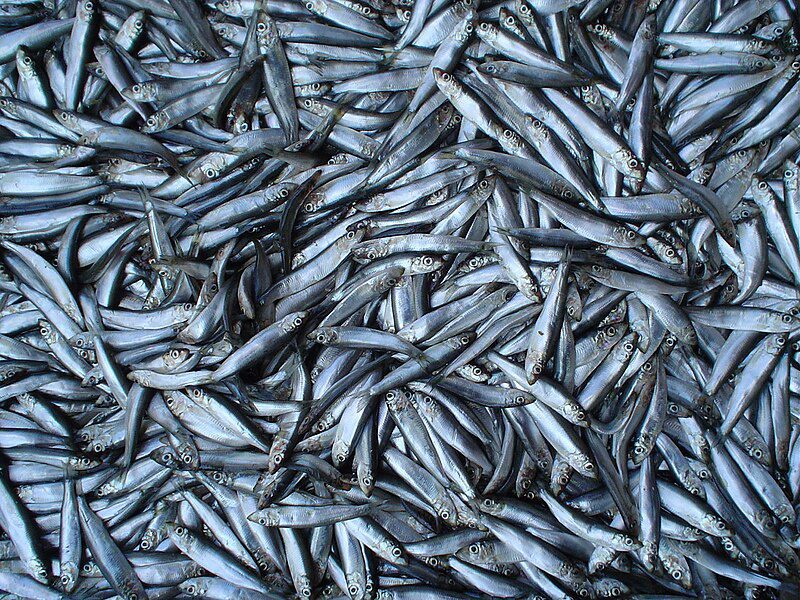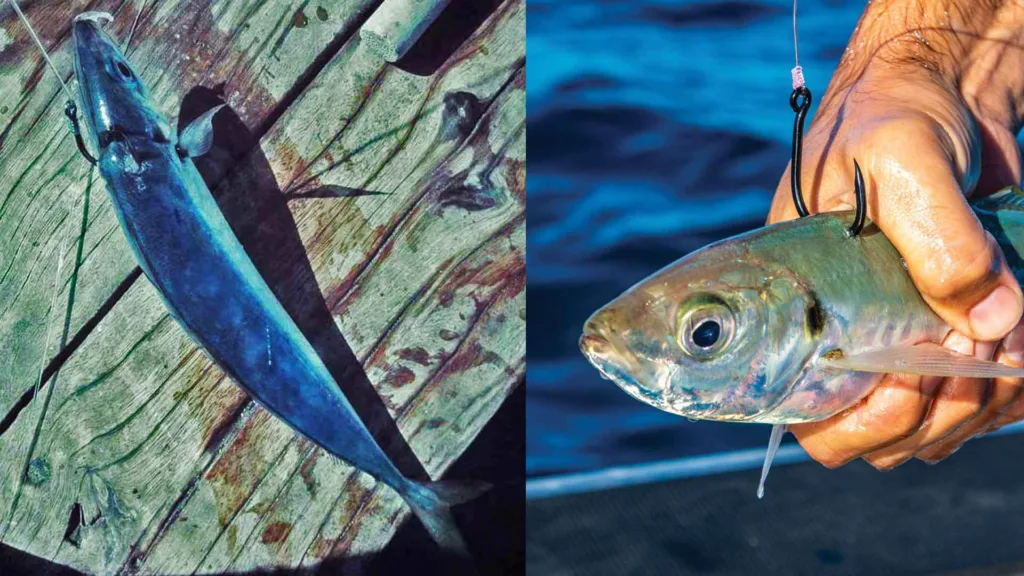
Fishing requires planning to target various types of fish. A successful catch requires the proper technique and gear. However, success is not solely dependent on luck. In this article, I will discuss one of the most popular types of rigging used on live baits.
The Maldives is a coral island nation home to millions of bait fish. Our forefathers had a reputation for landing fish of all sizes with live bait. Upper shoulder rigging on live bait is used to catch yellowfin tuna, wahoo, sailfish, barracuda, tuna and other fish that swim at relatively higher or moderate depths in the water column.
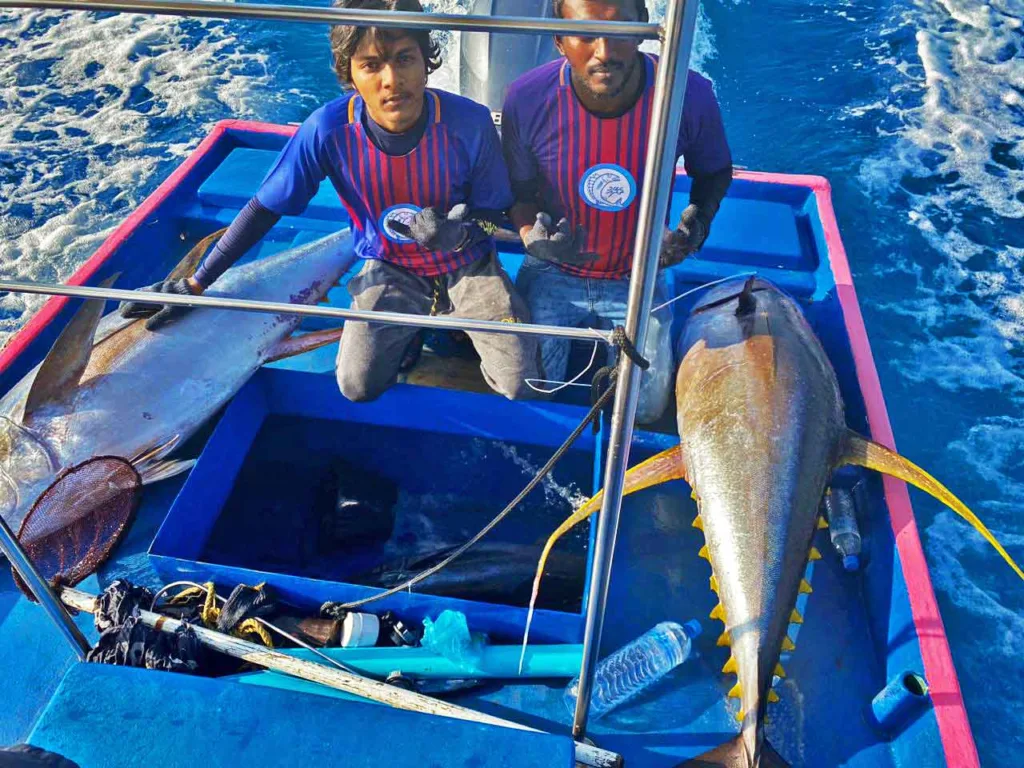
Live baiting targets larger fish. Yellowfin tuna is one of the most common fish targeted with this rigging technique. Snappers can also be used to land with this rigging method. In the Maldives, the following bait fish are used for live bait:
Mackerel scad (Decapterus macarellus), locally known as rinmas
Bigeye scad (Selar crumenophthalmus), locally called mushimas
Bluestripe herring (Herklotsichthys quadrimaculatus),
Blue-green chromis (Chromis viridis), locally known as nilamehi
Samoan silverside (Hypoatherina temminckii), locally known as ‘thaavalha’
Wrasse (locally known as hikaa)
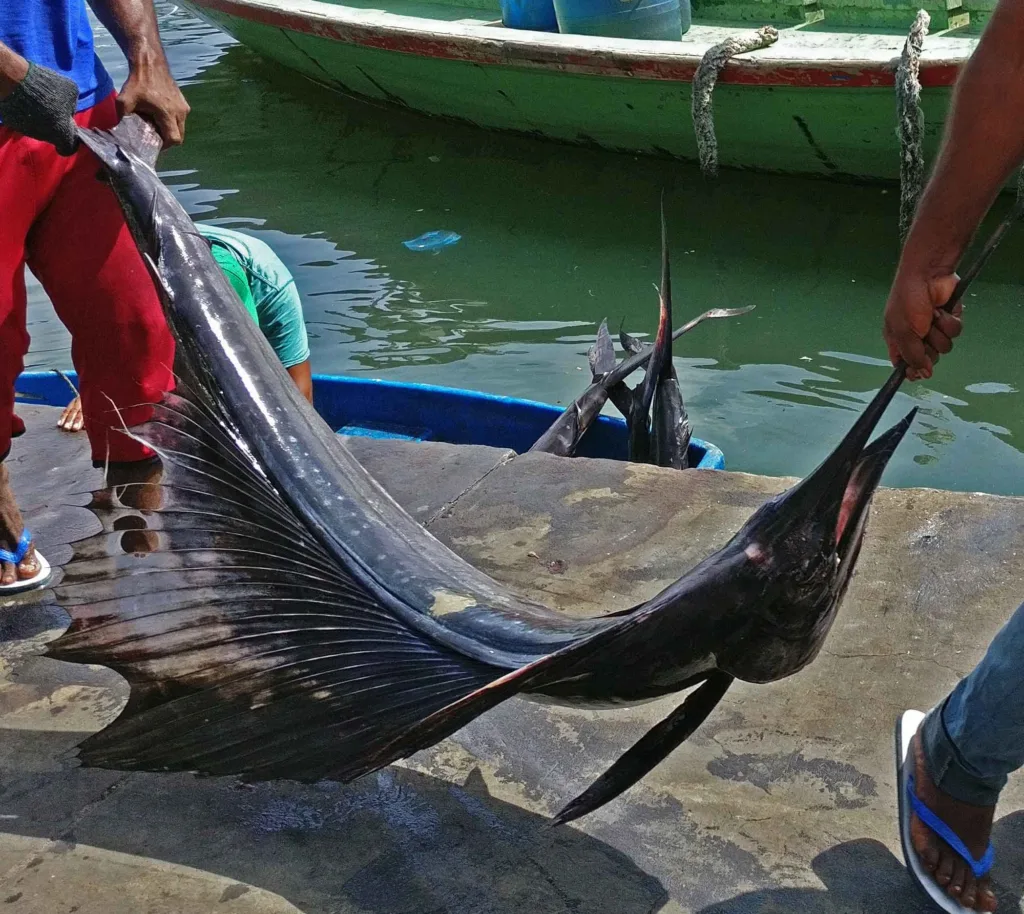
Remember the hook and bait size. The advantage of this rigging technique is that when you release the bait fish after hooking it through the upper shoulder, you can keep it pointing into the current. This approach allows water to pass through the fish’s gills, allowing it to survive in the water for longer.
In this style of hooking, smaller hooks are typically used. The use of smaller hooks has the advantage of allowing for a more natural bait presentation. Furthermore, this technique increases the likelihood of successfully catching a predator fish. This technique presents the bait in a streamlined position, which is not suitable for areas with strong currents.
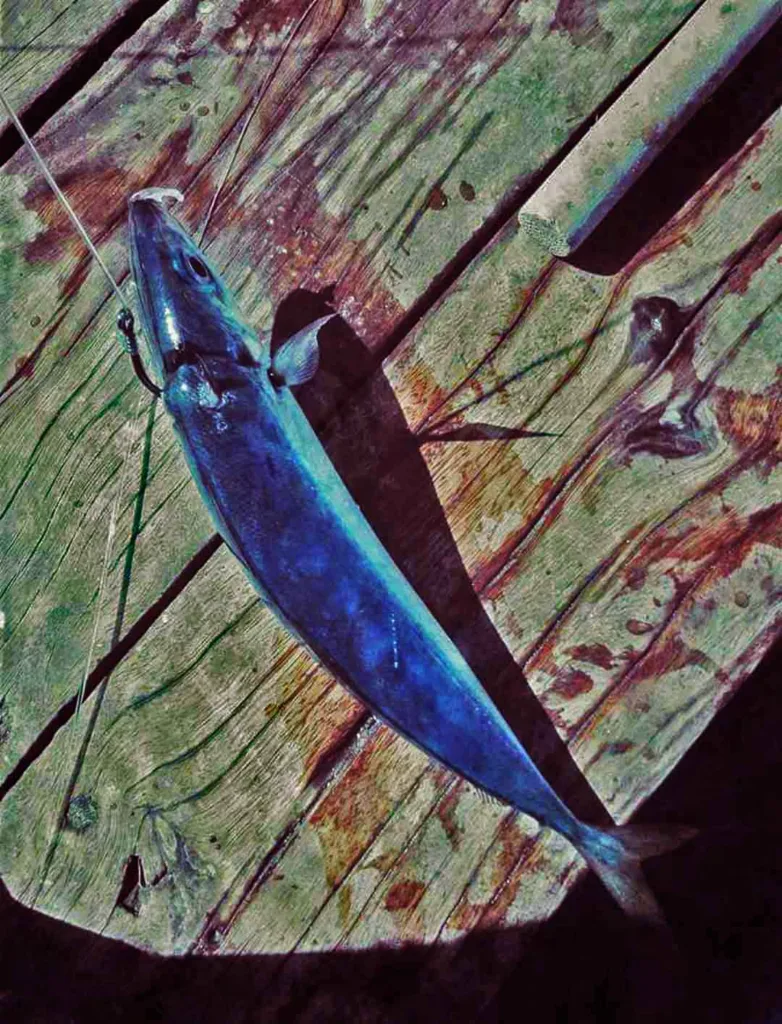
For this method to work, the hook must be placed so that it goes across the fish’s shoulders. The hook’s pointed end should be near the bait’s head. Be careful not to go too deep, as this could injure the bait fish. However, the hook must be deep enough to keep the fish in the water for an extended period of time without being pulled out when it strikes the bait.
